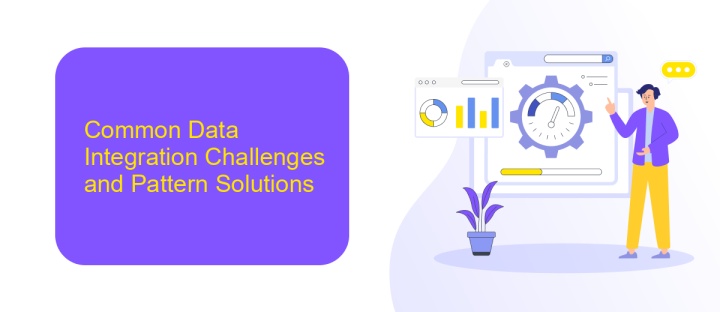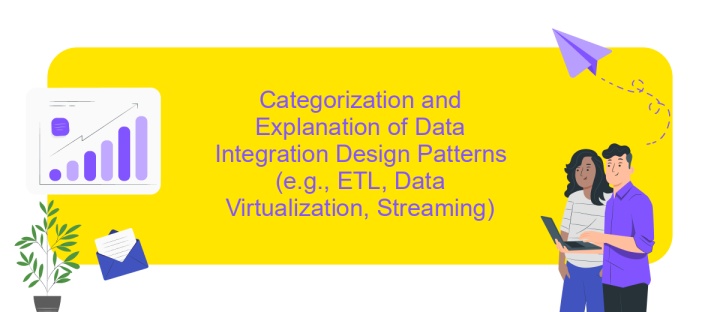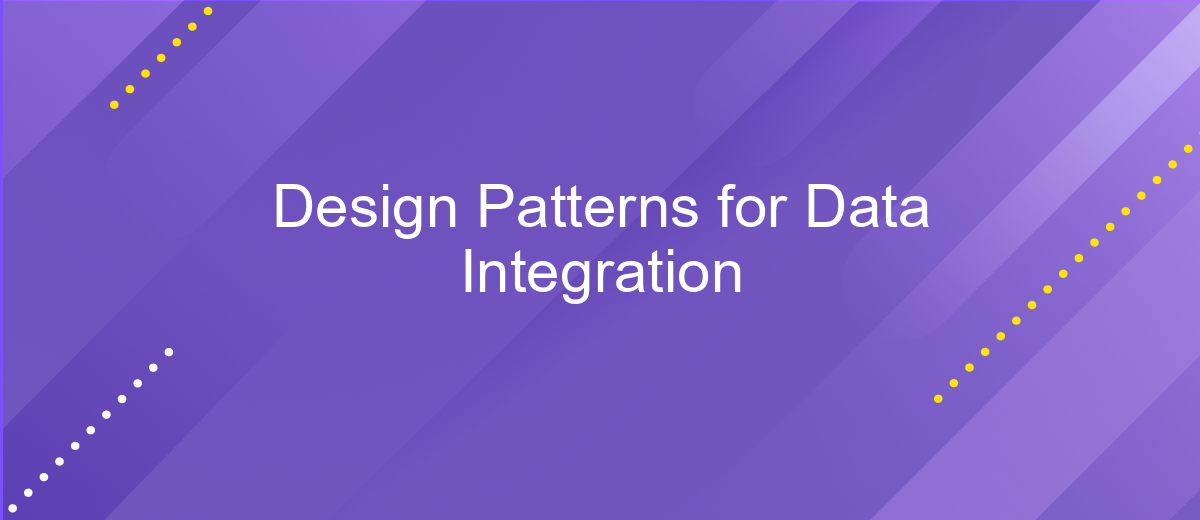Design Patterns for Data Integration
In the rapidly evolving landscape of data-driven decision-making, effective data integration is paramount for organizations seeking to harness the full potential of their information assets. Design patterns for data integration offer structured solutions to common challenges, enabling seamless data flow across diverse systems and platforms. This article explores key design patterns that facilitate efficient, scalable, and reliable data integration, empowering businesses to unlock insights and drive innovation.
Introduction to Data Integration and Design Patterns
Data integration is a crucial process in the modern digital landscape, enabling organizations to consolidate data from diverse sources into a unified view. This process is essential for businesses seeking to leverage data for informed decision-making, ensuring accuracy and consistency across different systems. The complexity of data integration arises from the varied formats, structures, and semantics of data, necessitating robust strategies to manage these challenges effectively.
- Data Consolidation: Merging data from multiple sources to provide a comprehensive dataset.
- Data Transformation: Converting data into a consistent format for analysis and reporting.
- Data Cleansing: Identifying and correcting errors to maintain data quality.
- Data Synchronization: Ensuring data consistency across different systems in real-time.
Design patterns offer structured solutions to common data integration challenges, providing best practices that enhance efficiency and scalability. These patterns, such as the Extract, Transform, Load (ETL) model, enable seamless data flow and integration, ensuring that data is accessible, reliable, and ready for analysis. By adopting these patterns, organizations can streamline their data processes, reduce integration costs, and improve overall data governance.
Common Data Integration Challenges and Pattern Solutions

Data integration often presents challenges such as data inconsistency, latency, and scalability issues. Inconsistent data can arise from disparate data formats and structures across systems. Latency becomes a problem when real-time data access is required, but systems are not optimized for rapid data transfer. Scalability is another concern, especially when the volume of data grows exponentially, straining existing infrastructure and processes. These challenges necessitate robust solutions to ensure seamless data integration.
Design patterns offer strategic solutions to these challenges. For instance, the Data Consolidation pattern helps address inconsistency by standardizing data formats before integration. The Event-Driven pattern can mitigate latency issues by enabling real-time data processing through event streaming. To tackle scalability, the Microservices pattern allows systems to handle increased data loads by distributing tasks across independent services. Tools like ApiX-Drive can further simplify integration by providing automated workflows and connectors, reducing the complexity of manual data handling. By leveraging these patterns and tools, organizations can achieve efficient and reliable data integration.
Categorization and Explanation of Data Integration Design Patterns (e.g., ETL, Data Virtualization, Streaming)

Data integration design patterns are essential frameworks that streamline the process of consolidating data from various sources into a unified format. These patterns ensure data consistency, accessibility, and reliability across complex systems. Understanding these patterns is crucial for effective data management and decision-making.
- ETL (Extract, Transform, Load): This traditional pattern involves extracting data from source systems, transforming it into a suitable format, and loading it into a data warehouse or database. It is ideal for batch processing and structured data.
- Data Virtualization: This pattern provides a real-time, unified view of data from multiple sources without physical data movement. It enhances agility and reduces the need for data replication.
- Streaming: This pattern focuses on processing continuous data flows in real-time, allowing for immediate insights and actions. It is suitable for time-sensitive data integration tasks.
Each data integration design pattern offers unique advantages and is chosen based on specific business needs, data types, and processing requirements. By leveraging these patterns, organizations can optimize their data workflows, improve data quality, and enhance analytics capabilities, leading to more informed business decisions.
Practical Examples and Case Studies of Implementing Design Patterns

In the realm of data integration, design patterns play a crucial role in streamlining processes and ensuring data consistency. One practical example is the implementation of the ETL (Extract, Transform, Load) pattern in a retail company. By leveraging this pattern, the company efficiently aggregates data from multiple sources, transforms it to meet business requirements, and loads it into a centralized data warehouse for analysis.
Another case study involves a healthcare provider adopting the API Gateway pattern to facilitate seamless data exchange between disparate systems. This approach not only enhances interoperability but also ensures secure and efficient data flow across platforms, improving patient care and operational efficiency.
- ETL pattern in retail for centralized data warehousing.
- API Gateway pattern in healthcare for enhanced interoperability.
- Event-driven architecture in financial services for real-time processing.
These examples underscore the versatility and effectiveness of design patterns in addressing specific data integration challenges. By selecting the appropriate pattern, organizations can optimize their data workflows, reduce redundancy, and achieve more accurate and timely insights, ultimately driving better decision-making and business outcomes.
- Automate the work of an online store or landing
- Empower through integration
- Don't spend money on programmers and integrators
- Save time by automating routine tasks
Future Trends and Considerations in Data Integration Design Patterns
As data integration continues to evolve, future trends are likely to focus on enhancing automation, scalability, and real-time processing capabilities. The rise of AI and machine learning is set to revolutionize how data is integrated, making processes more intelligent and adaptive. This will allow systems to automatically identify patterns and optimize data flows without human intervention. Moreover, the increasing adoption of cloud-based solutions will enable more flexible and scalable integration architectures, allowing organizations to handle growing data volumes efficiently.
Another significant trend is the simplification of integration processes through user-friendly platforms like ApiX-Drive. These platforms empower users to set up integrations without extensive technical expertise, promoting a more democratized approach to data management. As businesses strive for agility, the ability to quickly connect disparate systems and automate workflows will be crucial. Additionally, considerations around data security and privacy will remain paramount, requiring integration patterns to incorporate robust security measures to protect sensitive information. As these trends unfold, organizations must stay agile and adaptable to leverage new technologies effectively.
FAQ
What are design patterns in data integration?
How do design patterns improve data integration processes?
What are some common design patterns used in data integration?
How can automation tools assist in implementing data integration patterns?
What factors should be considered when choosing a data integration pattern?
Routine tasks take a lot of time from employees? Do they burn out, do not have enough working day for the main duties and important things? Do you understand that the only way out of this situation in modern realities is automation? Try Apix-Drive for free and make sure that the online connector in 5 minutes of setting up integration will remove a significant part of the routine from your life and free up time for you and your employees.


